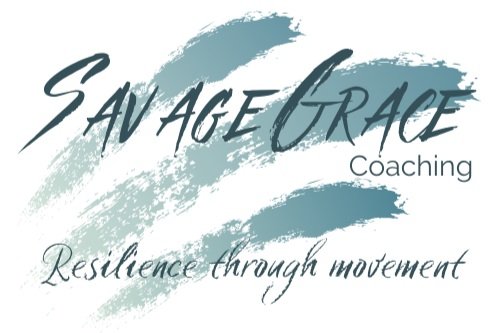
Welcome to The Work IN!
The myth of safe spaces
I teach people how to hold space as part of trauma informed coaching and instruction. The purpose of holding space in that way is to create enough safety to calm the nervous system. Why would we want to do that? To find common ground, to be able to speak to each other from a place of bi directional tolerance and understanding, to be able to listen to each other, to be able to learn from one another. Notice I didn’t say to always agree with one another. I think it’s ok that we disagree sometimes. But I want to be very clear here. Being trauma informed and following these principles does not mean that you won’t trigger someone or that they won’t get offended. As an instructor or coach (or just a regular person) you can’t be held responsible for anyone else's emotions or experiences. That’s not what trauma informed means. In order to hold space for others and truly be trauma informed you need to create your own internal safe space that is stable and untouchable. A deep calm so that when things go sideways you know which way is up.
Present Moment Messy Question of the Day: Gatekeepers and Safe Spaces
That filter that we see the world through, woven with the voices of our past, serves to keep us safe in whatever experience we know. In effect, it is our own internal safe space. Everyone has one. We maintain it with confirmation bias and identity politics and apparently Facebook Groups.
What happens when something challenges your gatekeeper? What happens when an idea that runs counter to your world view gets into your safe space?


